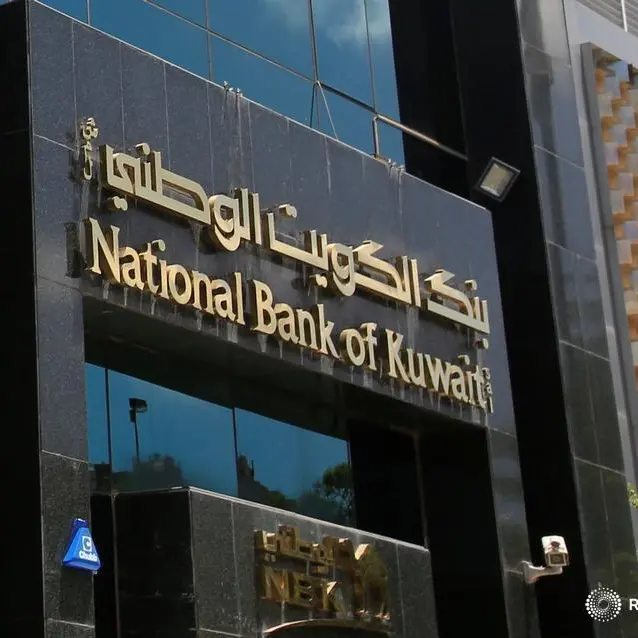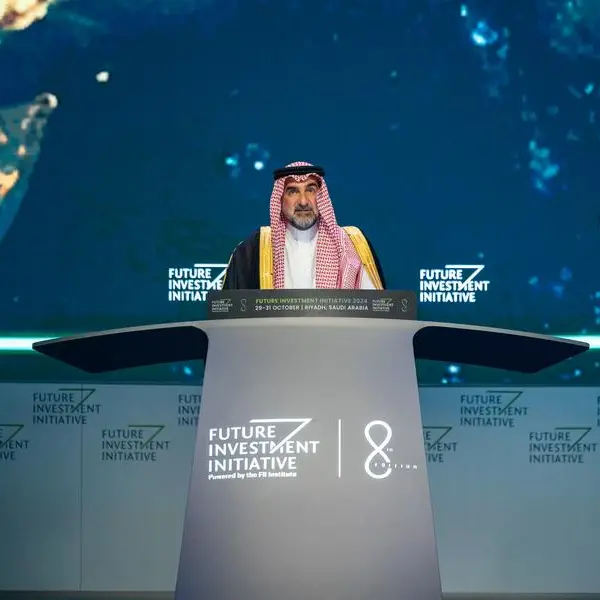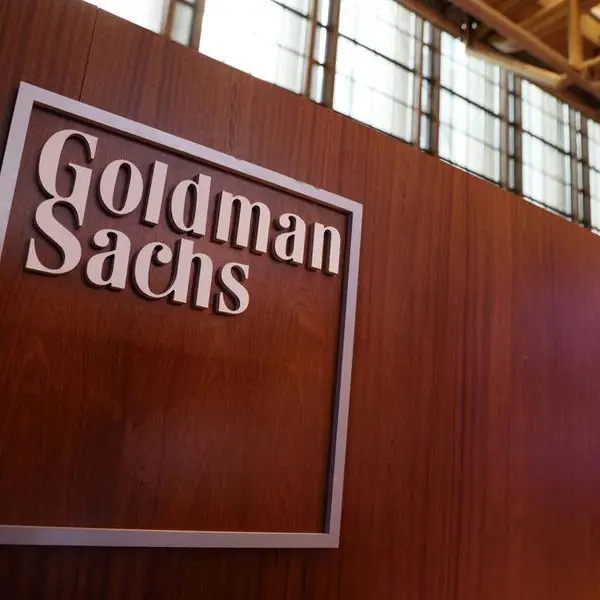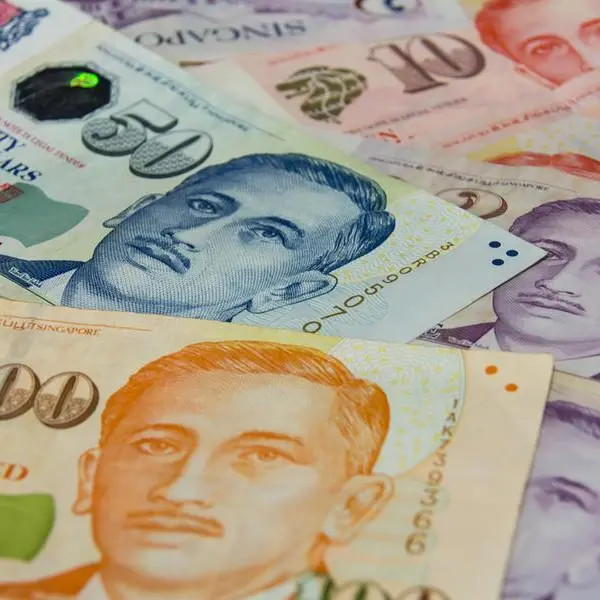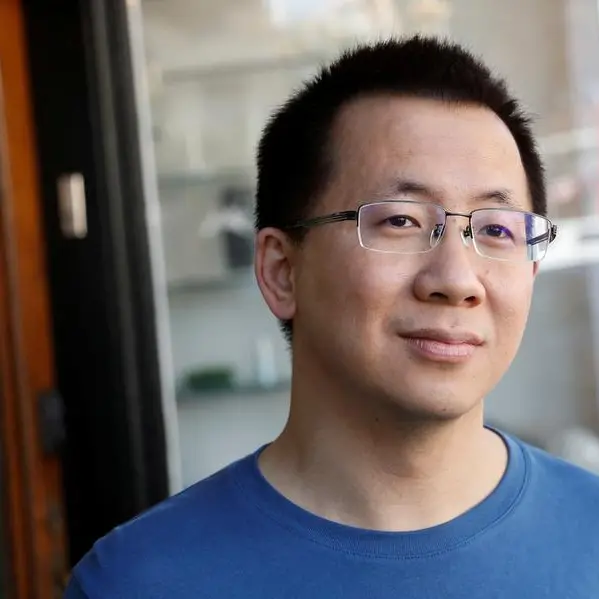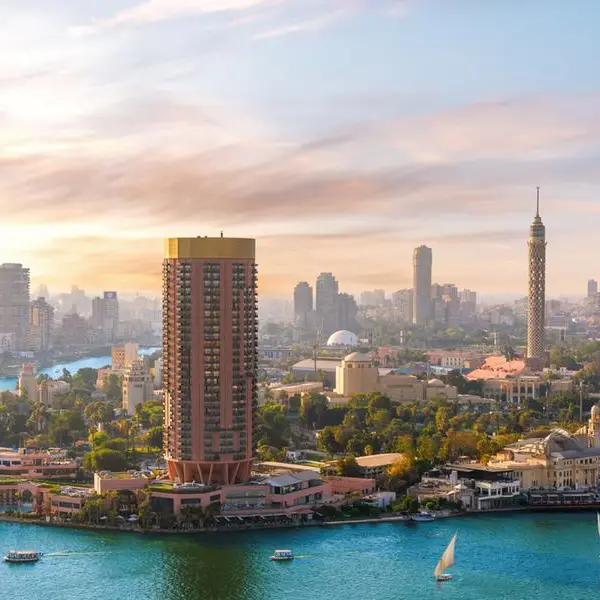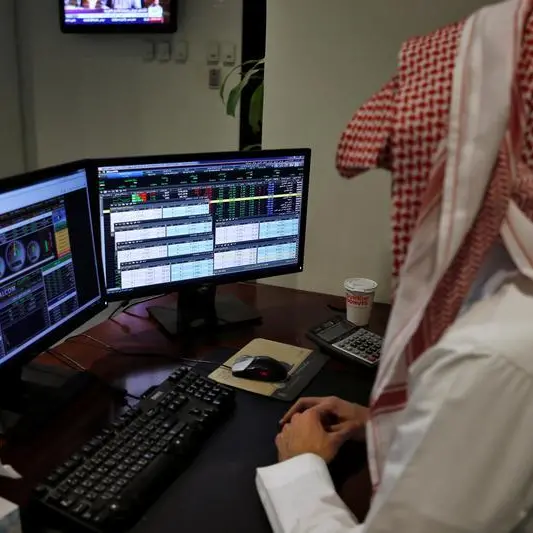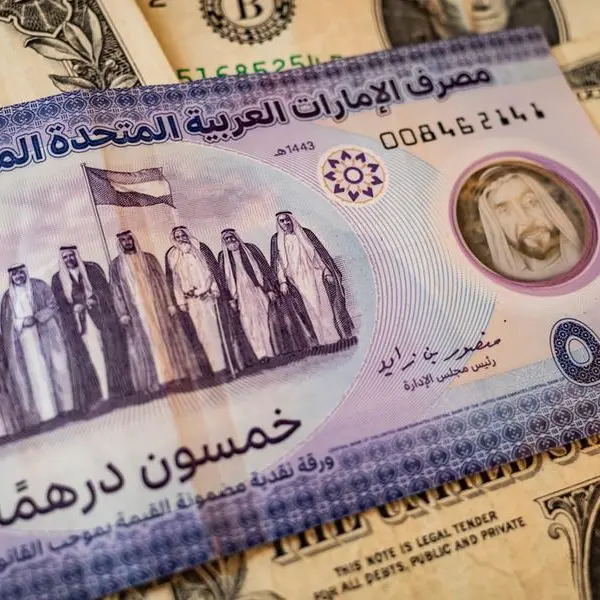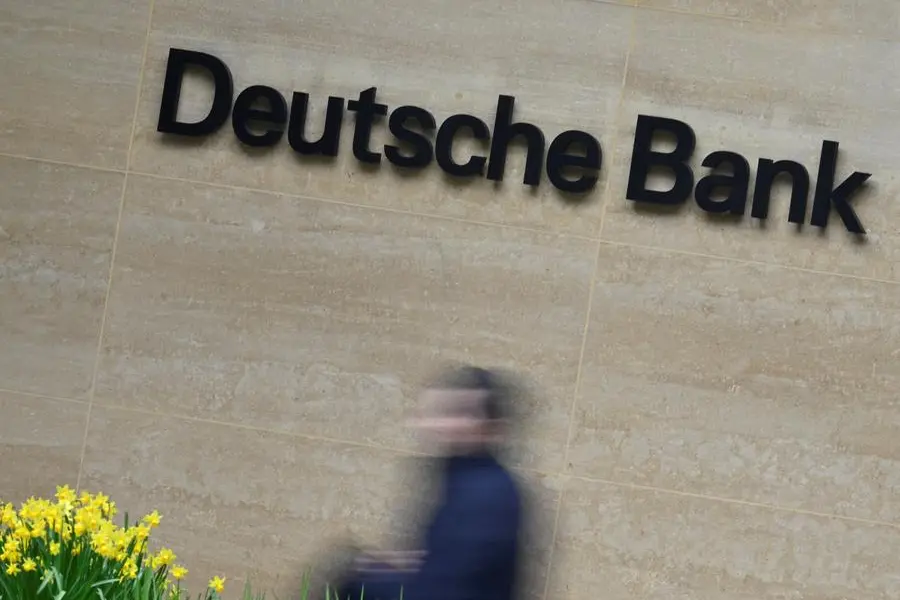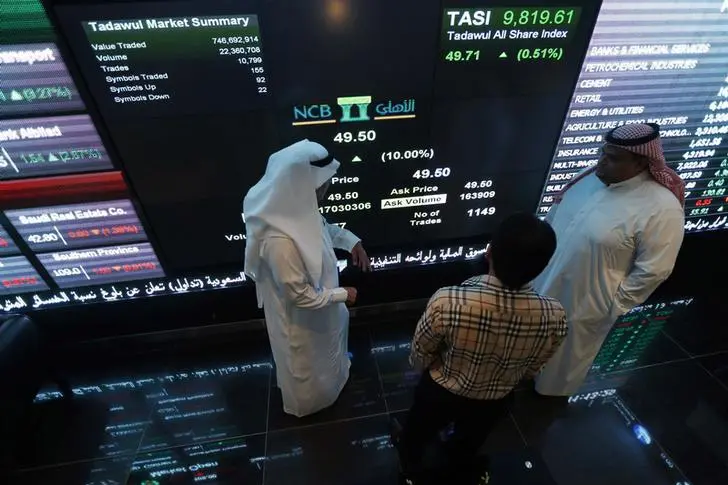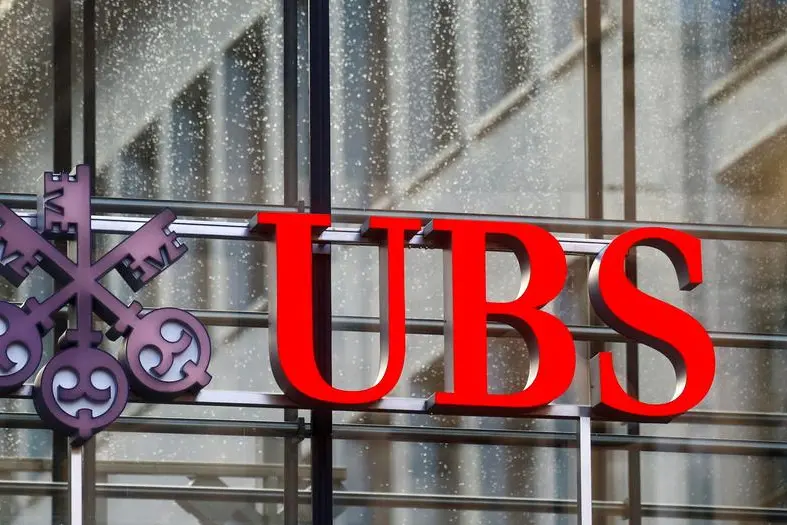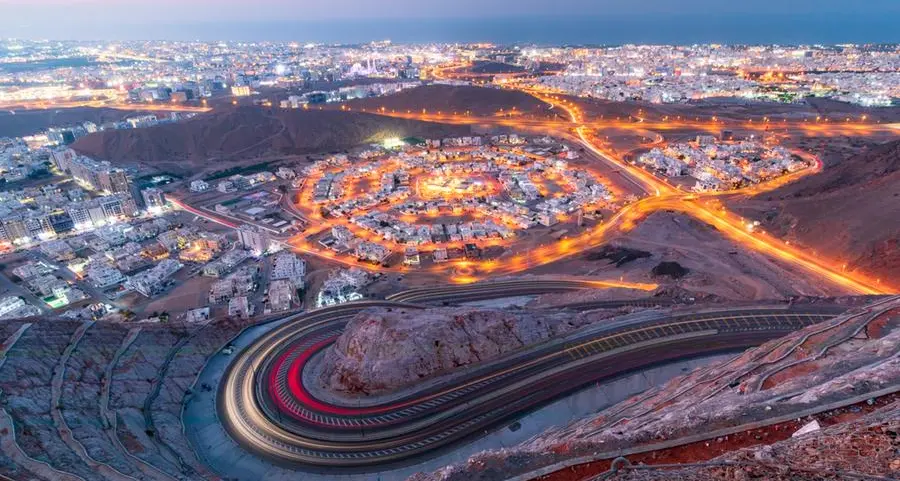PHOTO
Helicopter point of view of Abu Dhabi skyscrapers. Source: Department of Culture and Tourism – Abu Dhabi
Long considered a cautious, inscrutable investor, the Abu Dhabi Investment Authority (ADIA) now seems intent on shedding that reputation.
This year, it has increased its exposure to Indian real estate and healthcare; it has also signed a multi-billion-dollar deal for a European transport firm and joined a consortium attempting to buy an Australian hospital operator.
ADIA has $708.8 billion in assets under management, according to the Sovereign Wealth Fund Institute. Much of its recent private investments have focused on emerging markets in Asia; it only invests abroad.
“ADIA believes in the long-term growth of India’s middle class; it’s investing on a 20-year timeframe or longer,” said Javier Capapé, Director of Sovereign Wealth Research at the Center for the Governance of Change, IE University.
In June, ADIA agreed to pay 22 billion rupees for a 20% stake in India’s IIFL Home Finance, which provides property and construction loans. In a statement announcing the deal, an ADIA official highlighted the prospects for India’s “under-served and fast-growing affordable housing finance market”.
In the same month, it launched a $590-million fund along with Mumbai’s Kotak Investment Advisors to invest in office space in India’s major cities.
In April, ADIA agreed to buy 10% of HDFC Capital, which invests in mid-income housing, for 1.84 billion rupees.
In a Q&A on ADIA’s website, Salem al-Darmaki, Deputy Director for Real Estate and Infrastructure, said the strategy was to make fewer but larger acquisitions. He also noted that his organisation had taken advantage of the global public market plunge at the start of the pandemic to make “a number of sizeable investments”.
Healthcare holds clear appeal for ADIA. On July 18, The Economic Times reported that the fund was in talks to invest up to 15 billion rupees in the health insurance unit of India’s Aditya Birla Group. In April, ADIA was part of a KKR-led consortium that offered to buy Australia’s Ramsay Health Care.
ADIA’s infrastructure division owns minority stakes in infrastructure assets spanning numerous sectors, including transport, utilities, energy, and communications. These have low volatility, provide reliable cash flows and have low correlation to other asset classes, according to an ADIA statement that also mentioned its focus on renewables and digital assets. It also has stakes in fibre broadband networks in the US, Europe and India and in telecoms towers in Europe and Asia Pacific.
Firm ties and acquisitions
In May, ADIA formed a joint venture with Boston real-estate management firm Rockpoint that will invest $2 billion in “industrial investment opportunities”. The following month, ADIA and New York–based Global Infrastructure Partners agreed to buy a 72.6% stake in Germany’s VTG Aktiengesellschaft (VTG), which leases 88,500 train carriages to companies across Europe.
In the same month, for $1.7 billion, ADIA acquired 10% of energy firm Sempra Infrastructure, which operates 1,500 megawatts of clean energy projects in North America and owns several liquefied natural gas (LNG) facilities as well as a 4,500-mile gas transportation network.
“ADIA is following what [Singaporean SWFs] Tamasek and GIC did in terms of identifying long-term macro trends and investing in assets that will profit from these trends,” said Capapé. “It’s not about being super-opportunistic.”
ADIA’s recent investments follow a major revamp of its operations. Last year, it cut its workforce by 10%, or 160 people. It has also launched a 50-strong in-house data-science lab and plans to double the size of its private equity investment team to 120 over the next three years, a spokesman said.
Other changes include merging its external and internal equities departments and closing its Japanese, Latin American, South African and Emerging Europe equities investment teams. Passive funds and third parties now manage ADIA’s equities holdings in these regions.
“ADIA is a quite sophisticated investor with a large workforce,” said Capapé. “It has diversified its investments across many sectors and asset classes, so it makes sense to try to adapt to a more innovative approach to long-term investing.”
In 2020, ADIA upped its allocations in private equity and infrastructure in its first portfolio tweaks since 2012. Now, 32% to 42% of its portfolio is in developed market equities; 10% to 20%, in developing market stocks; 1% to 5%, in small-cap equities; 10% to 20%, in government bonds; and 5% to 10% each in real estate, private equity, credit, and hedge funds and managed futures, plus 2% to 7% in infrastructure and up to 10% is in cash.
The organisation also reduced its exposure to “developed Asia” to 5% to 15%, down from 10% to 20%, which ADIA said was due to changes in the region’s weightings in global indices. In terms of geography, 35% to 50% of its assets are in North America, 20% to 35% are in Europe and 15% to 25% are in emerging markets. Overall, 55% of its portfolio is actively managed, and 45% is passively managed.
(Reporting by Matt Smith; editing by Seban Scaria)

